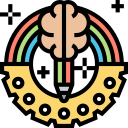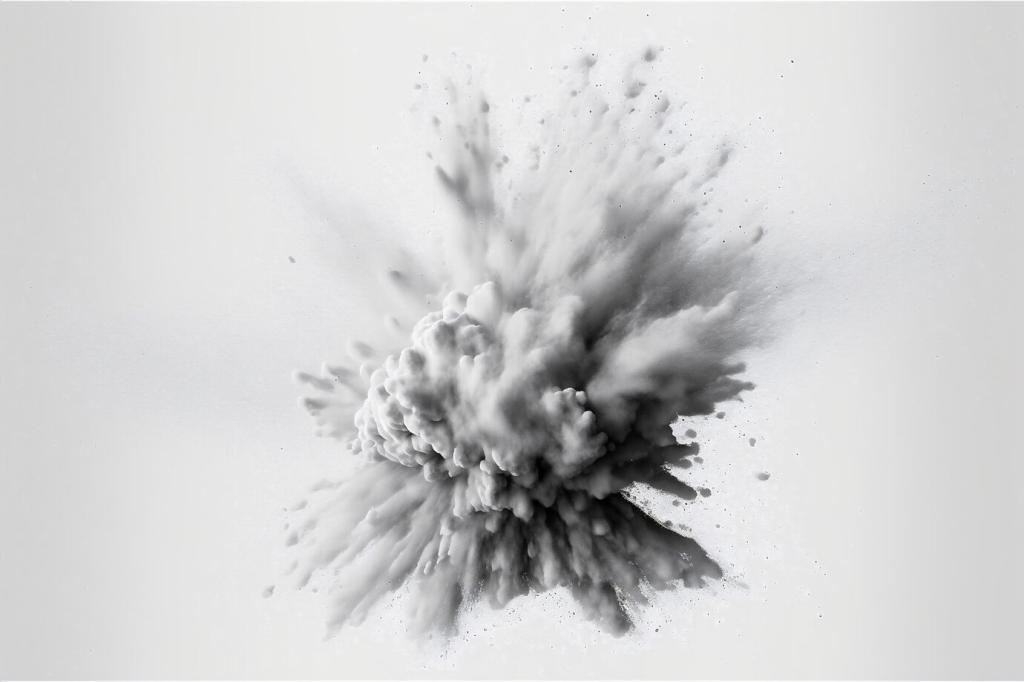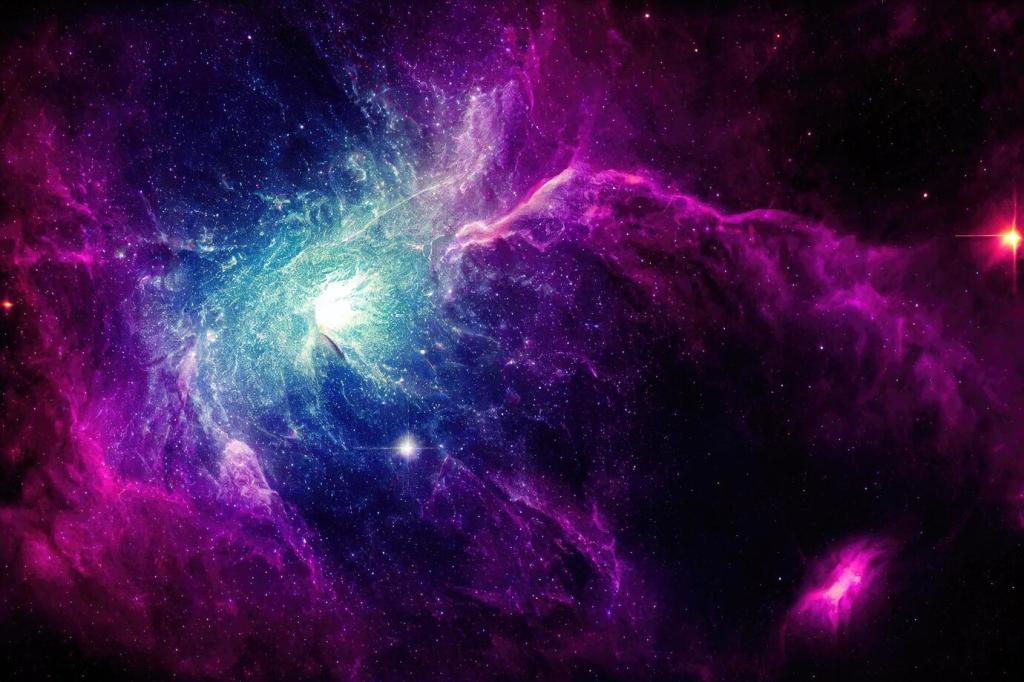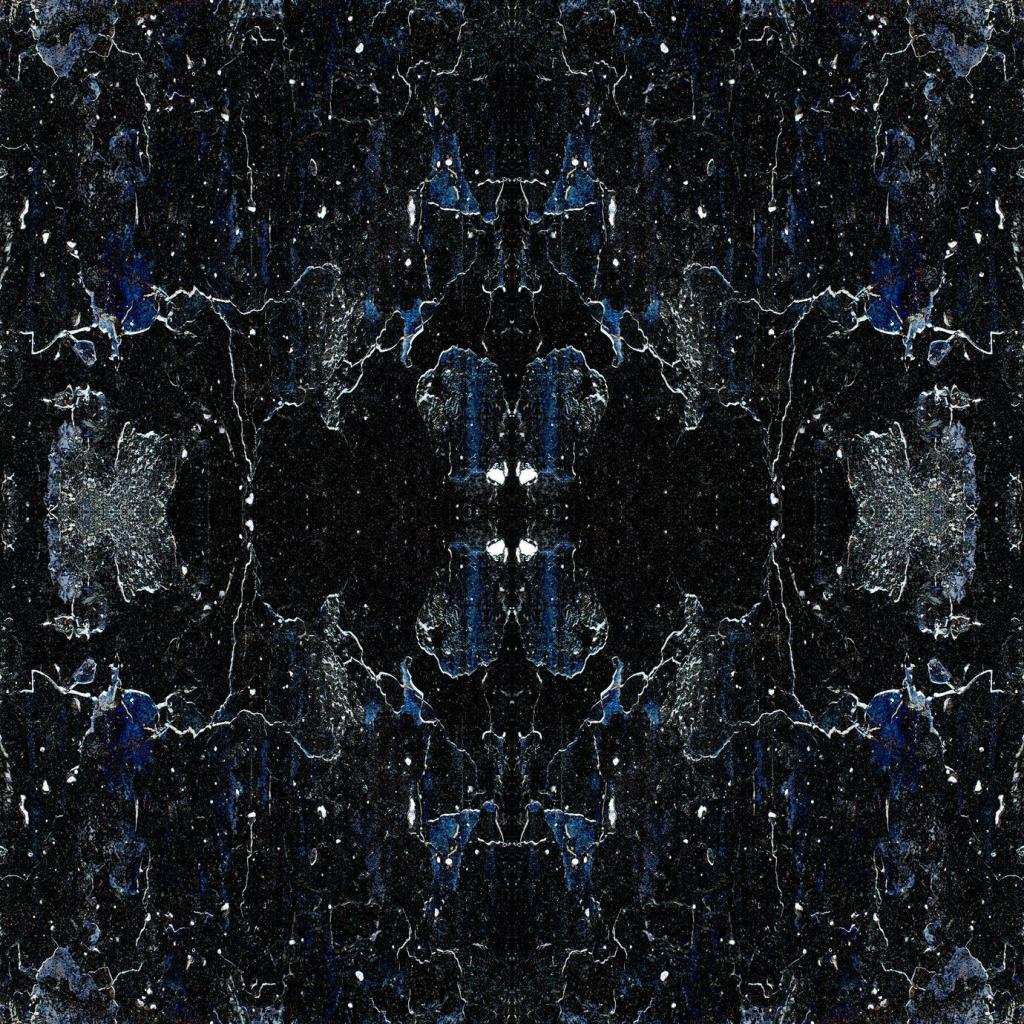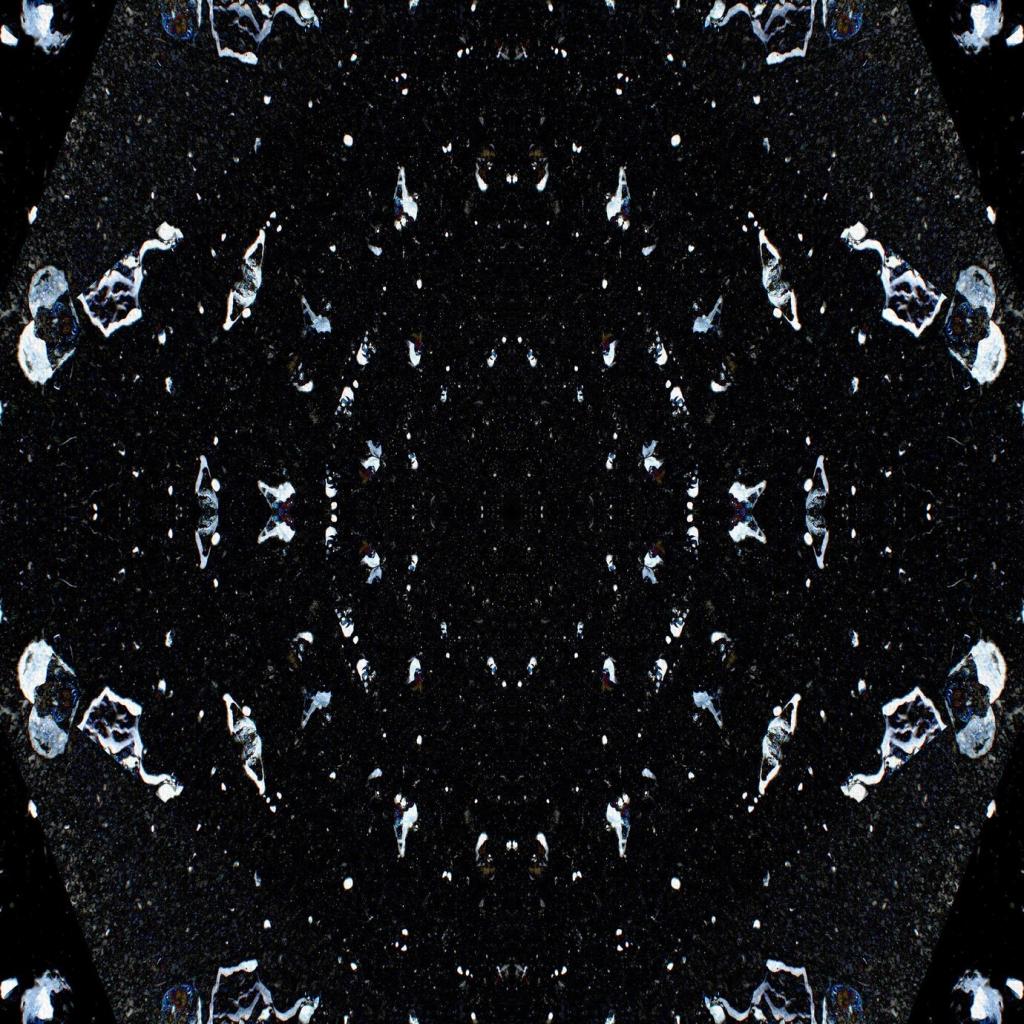Community, Practice, and Play
Each month, reinterpret a classic nebula with a new constraint—limited palette, strict type scale, or mobile-first layout. Share your results, exchange critiques, and help shape the next challenge by proposing fresh cosmic twists.
Community, Practice, and Play
Post screenshots of gradient maps, blend mode stacks, and accessibility tests. Tell us what surprised you and what failed. Your lessons can save another designer hours, and their feedback might unlock your next breakthrough.
